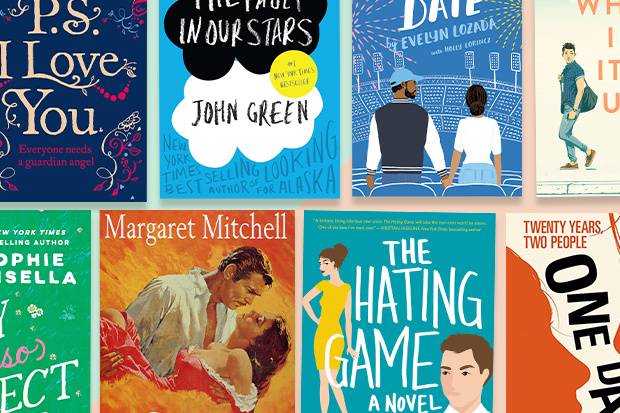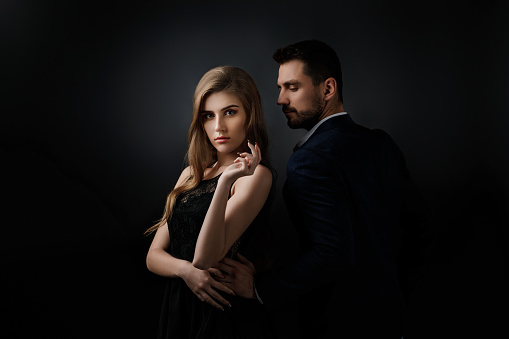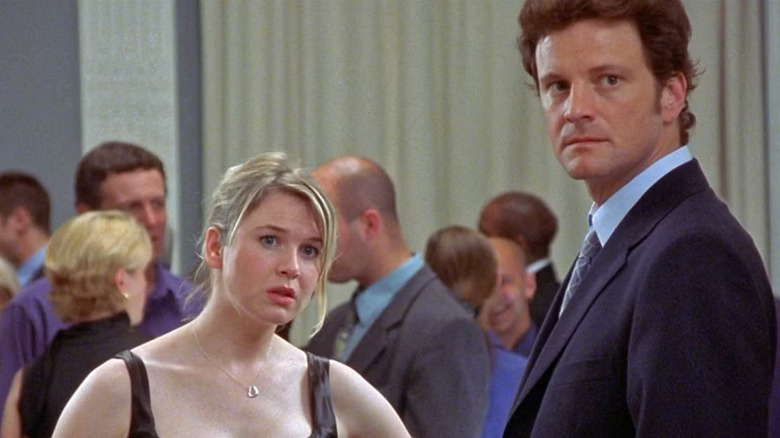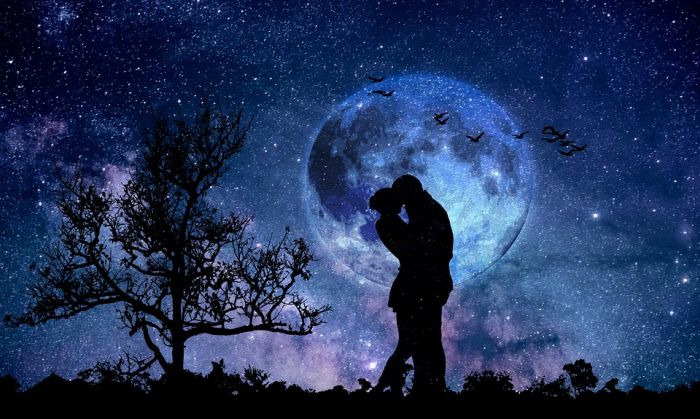With thousands of romance novels available across bookstores and digital platforms, choosing your next read can feel overwhelming. Whether you’re new to the genre or a seasoned fan, finding the perfect book depends on your mood, preferences, and reading goals. Here are some tips to help you pick a romance novel that suits you best.
Identify Your Favorite Romance Tropes
Romance novels often revolve around specific tropes—familiar story elements that readers love. Do you enjoy the excitement of enemies-to-lovers, where sparks fly from rivalry to passion? Or do you prefer the charm of friends-to-lovers, where romance blossoms from a deep connection?

Other popular tropes include second-chance romance, forbidden love, fake relationships, and marriage of convenience. Knowing which tropes make your heart race can narrow down your options and help you discover books you’ll truly enjoy.
Consider the Subgenre That Appeals to You
Romance isn’t limited to contemporary love stories. There are multiple subgenres, each offering a different flavor of storytelling. For example:
-
Historical Romance takes you back in time, often with lavish settings and societal rules that add drama to the love story.
-
Romantic Suspense combines passion with mystery, perfect for readers who like thrills alongside romance.
-
Fantasy and Paranormal Romance bring magic, mythical creatures, and otherworldly elements into the mix.
-
Rom-Coms provide humor and lighthearted fun, ideal for when you want an uplifting read.
Choosing a subgenre based on your mood ensures that your next romance novel fits your expectations.
Read Reviews and Recommendations
If you’re unsure where to start, check out book reviews from trusted sources or explore recommendations from fellow readers. Social media platforms like BookTok, Instagram, and Goodreads are great places to find trending titles and honest opinions.
You can also look for curated lists such as “Best Romance Books of the Year” or “Top Picks for Fans of ….” These lists often categorize books by trope or subgenre, making it easier to find something you’ll love.
Think About Heat Level and Emotional Tone
Romance novels vary in terms of intimacy and tone. Some are sweet and closed-door, focusing on emotional connections, while others are steamy and explicit. Similarly, some stories are lighthearted and funny, while others explore deep emotions and complex relationships.
Before you choose, decide what kind of experience you want. Are you looking for a heartwarming slow burn or a fast-paced, passionate romance? Checking blurbs and reviews can give you a good sense of a book’s tone and heat level.
Explore Your Favorite Authors and Series
If you’ve enjoyed a book by a certain author, chances are you’ll like their other works as well. Many romance authors write series set in the same world, allowing you to revisit beloved characters and settings.
Following your favorite authors on social media or subscribing to their newsletters is a great way to stay updated on new releases and special recommendations.
Sample Before You Commit
Most e-book platforms and online retailers allow you to preview the first few chapters of a book. Take advantage of this feature to see if the writing style, pacing, and characters appeal to you. A quick sample read can save you from picking up a book that doesn’t match your expectations.
Final Thoughts
Choosing your next romance read doesn’t have to be daunting. By considering your favorite tropes, subgenres, and tone, you can easily find a book that feels like it was written just for you. Remember, the best romance novel is the one that makes you smile, swoon, and believe in the power of love.




 The Evolution of Plaque Design
The Evolution of Plaque Design